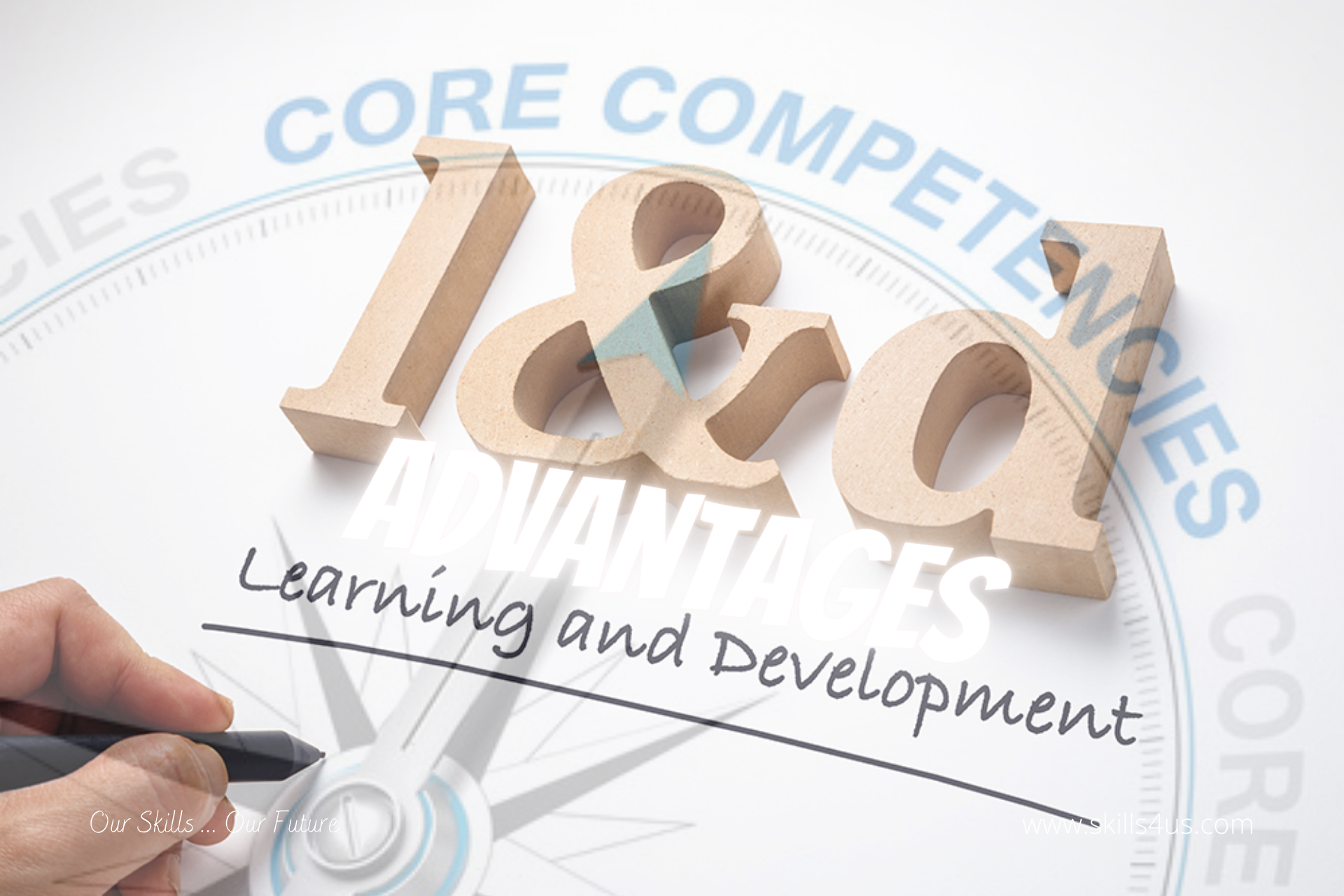
Advantages Of Competency-Based Learning And Development (L&D)
Competency-based L&D is used to develop valuable individual characteristics and skills, leading to increased employment and lifelong learning opportunities. Its design requires a good framework at its core, including the key competencies – the behaviors, knowledge, skills, and attributes – that enable employees to work effectively. In addition, defining these competencies in a specific and measurable way gives employees a clear picture of the path they need to take to master that skill. As the demands of the work environment are constantly changing, the way L&D takes place must also change to keep up. Moreover, the Advantages of competency-based L&D depend on an environment with deep and diverse support systems, robust assessment formats, and clear learning outcomes.
Advantages of competency-based L&D

1. Analysis of skills and competencies gaps
Competency-based L&D provides organizations a reliable way to identify employee skills and competencies gaps. They noted that the employees’ lack of the necessary skills often hinders them from achieving the best performance, negatively affecting productivity, performance, and business goals.
2. An effective L&D plan
When the organization has completed its skills and competency gap analysis, it will have all the insights it needs to develop an effective employee L&D plan—knowing that organizations feel more confident about drawing career paths for their employees and associated development plans. Also, it enables employees to achieve career advancement through promotions and succession planning.
3. Make strategic decisions regarding human capital
Competency-based L&D helps HR professionals, putting them in a better position to make informed hiring, training, and performance management decisions. Also, it enables organizations to make strategic decisions regarding human capital.
Limitations of competency-based L&D
Despite all the benefits of competency-based L&D, some limitations exist. Therefore, viewing and knowing it before implementing it in the organization is necessary. Here are some of the negatives:
- It focuses on the organization’s immediate needs without regard to uncertain future situations.
- Not suitable for some skill areas, such as leadership and management, where knowledge and competencies continue to evolve rapidly.
- It will only be effective if the process of identifying the current competencies of employees is solid and accurate.
- It may not suit some employees’ learning styles and preferences.
- Since no specific time frame for mastering a competency, it can lead to procrastination among employees.
The flexibility and customization of competency-based L&D allow individuals to develop specific competencies more accurately and timely. Moreover, competency-based L&D is an excellent tool for driving individuals to develop their skills within organizations. Therefore, if the organization is considering upskilling employees, it is worth considering a competency-based L&D approach to accelerate the process of tracking work with higher quality and tremendous success.



